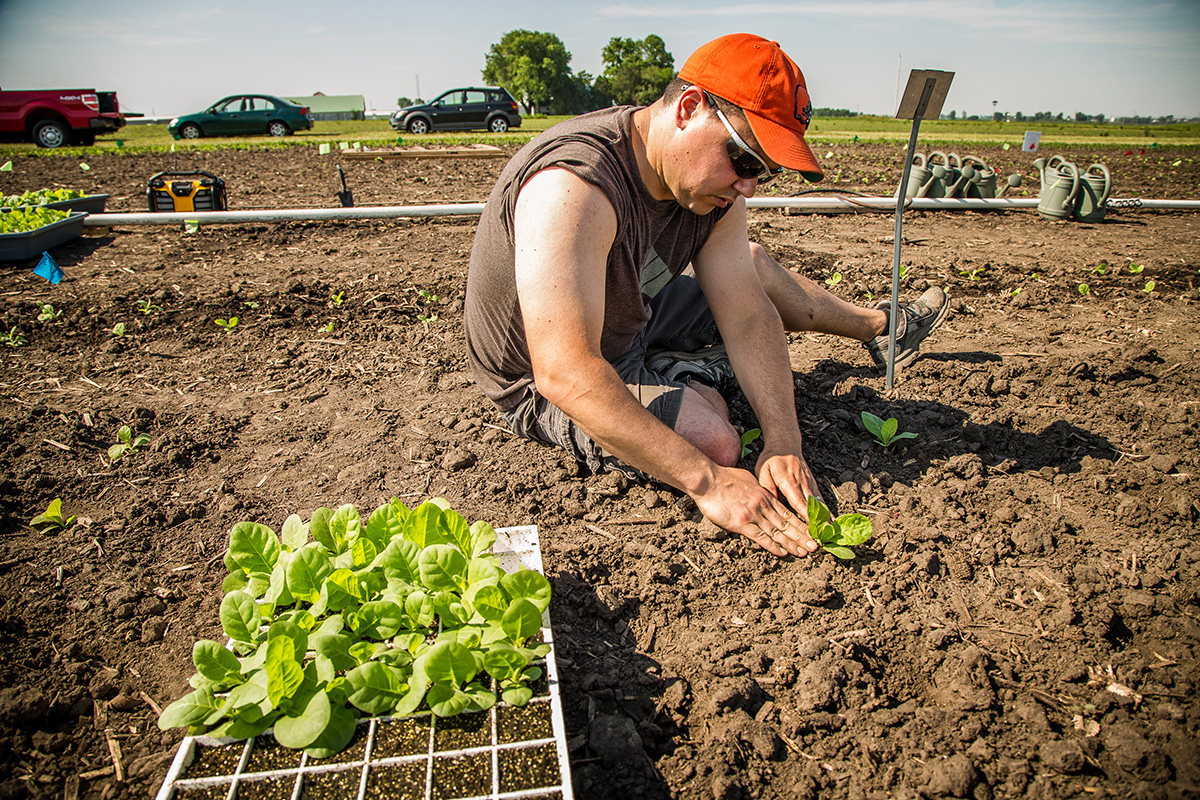Feeding Our Future Planet
October 20, 2020
Re-engineering Photosynthesis
Photosynthesis is the main driver of all life on our planet, but it can be a glitchy process. That’s what LSU scientist James Moroney and colleague Paul South are trying to solve. Rubisco is an ancient and abundant enzyme that creates organic matter during photosynthesis, but it occasionally grabs oxygen instead of the carbon dioxide it should. To fix this problem, South engineered a recycling shortcut, so plants can continue to photosynthesize and grow. And grow they did—almost 40% bigger. The goal of South’s and Moroney’s work of making photosynthesis more efficient is to help feed Earth’s growing population.
“Photosynthesis is the most important biochemical pathway on the planet,” South said. “Every carbon molecule in your body probably passed through photosynthesis at some point. It’s the primary source through which we can use energy from the sun to make food for everything else. Talking about food security or insecurity, I’ve heard the comment—why not study cancer or heart disease or something like that to help save lives instead? My off-the-cuff reply tends to be that if we don’t have photosynthesis, we don’t have food, and without food we won’t live long enough to get cancer or heart disease, so we should probably start with the basics.”

Paul South with test plants in the field.
– Photo Credit: RIPE Project
“We fund the work of the RIPE team, including Dr. Moroney and Dr. South, because of the long-term potential of this research to transform the lives of millions of smallholder farmers who depend on agriculture to feed their families and earn an income.”
- Kathy Kahn, Senior Program Officer at the Bill & Melinda Gates Foundation


